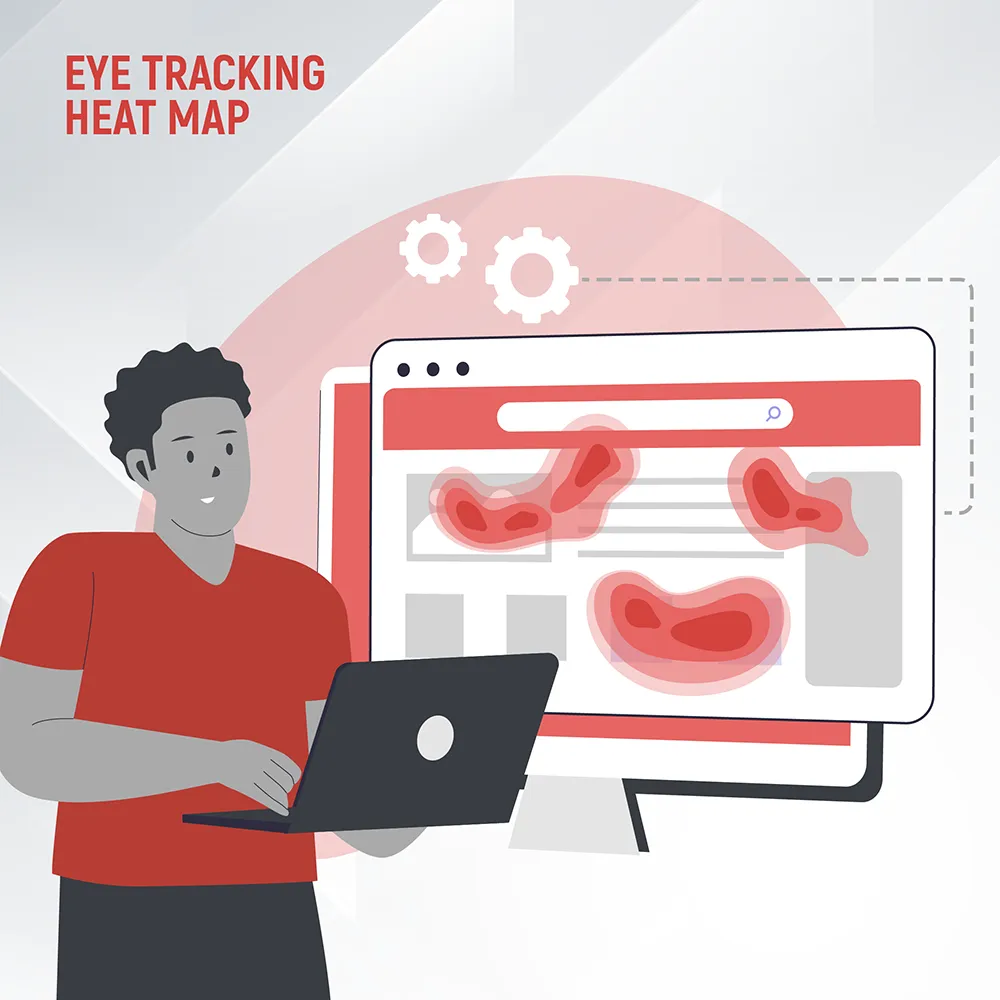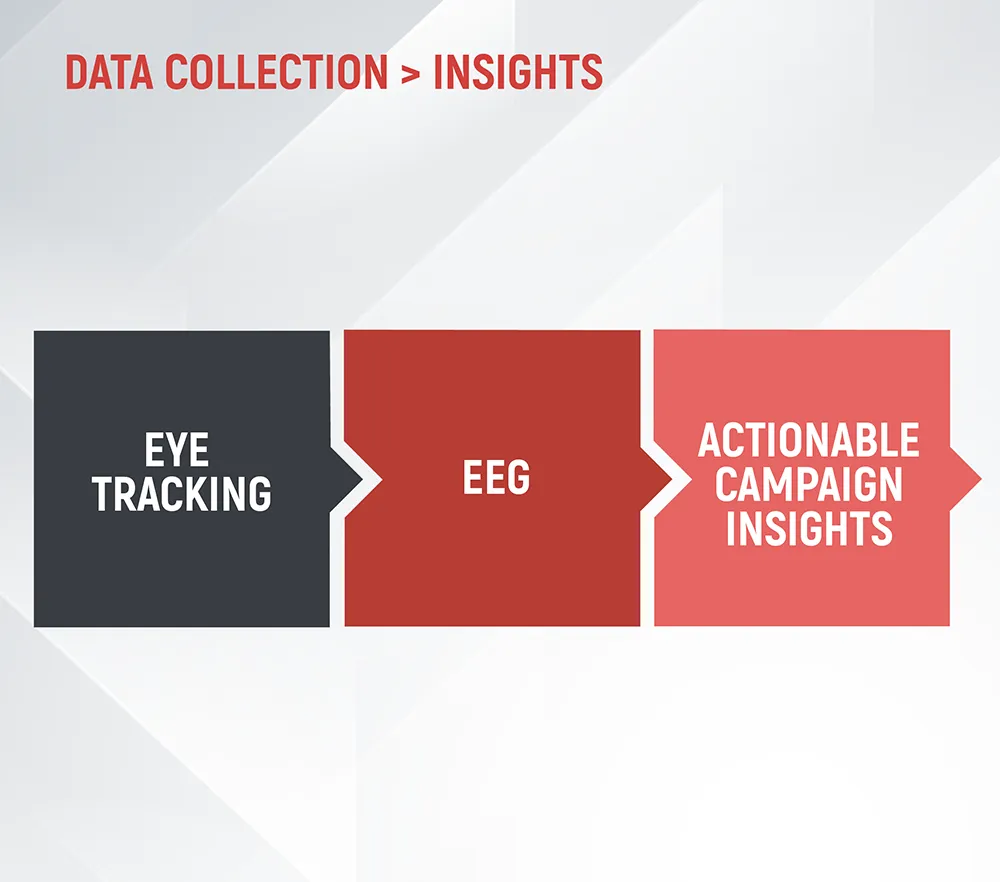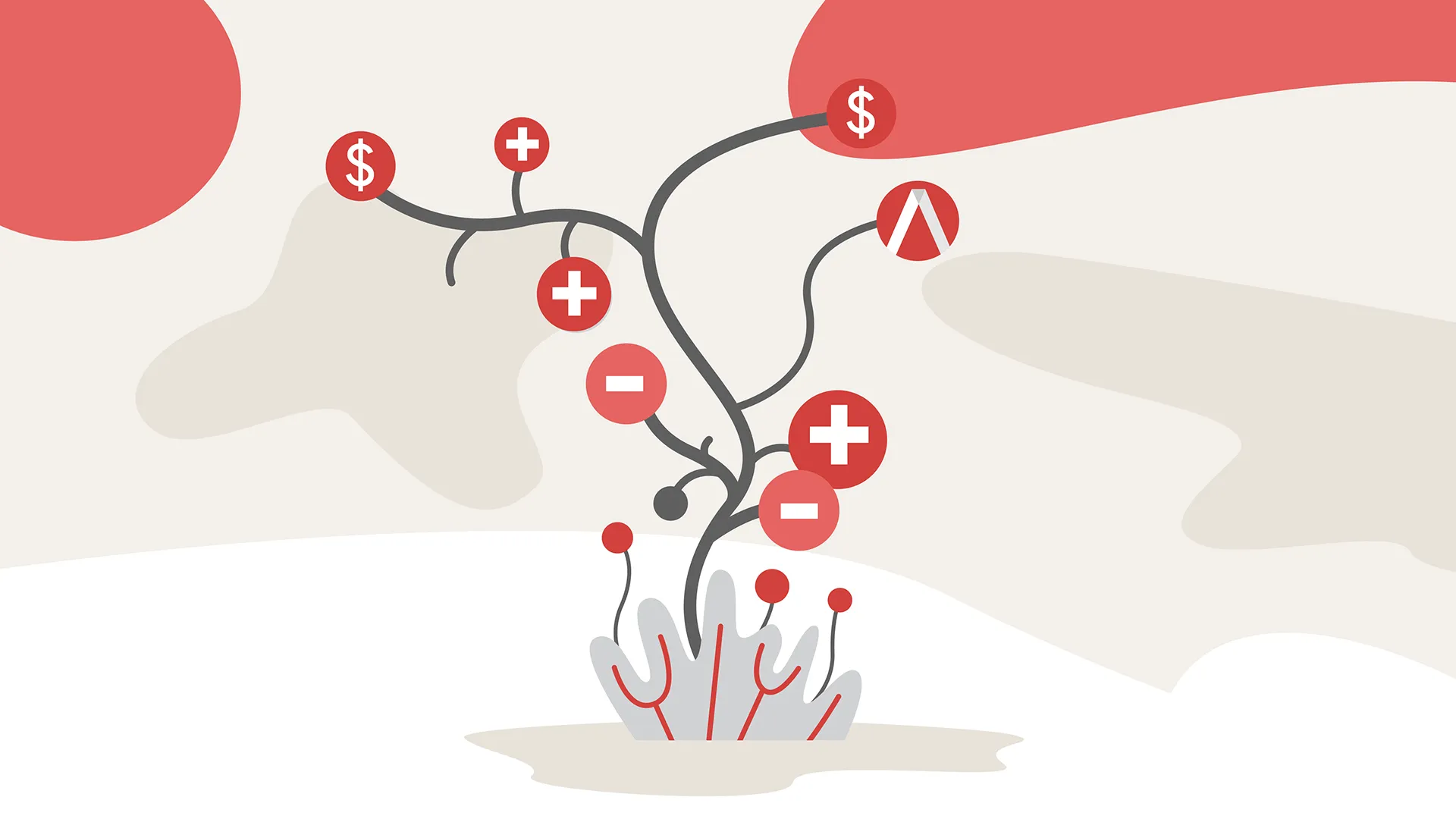Key Takeaways:
- Neuromarketing helps brands decode unconscious consumer behavior, unlocking what truly resonates with audiences.
- Techniques like eye-tracking, EEG, and facial coding provide a deeper understanding of emotional engagement.
- Campaigns grounded in neuromarketing insights often outperform traditional approaches in ROI and brand recall.
- Ethical considerations are essential when leveraging neuromarketing to maintain trust and transparency.
Have you ever grabbed a product off the shelf or clicked on an ad online without fully understanding what pulled you in? Maybe it was the vibrant colors, a captivating tagline, or even just how the product made you feel in that split second. That’s the power of unconscious behavior; the subtle cues, emotional signals, and unspoken triggers that quietly guide our decisions before we are even aware of it. It’s like your brain is playing matchmaker, connecting you to something that feels “just right.” For marketers, learning to decode these “silent signals” is like discovering a hidden roadmap to your audiences’ desires. Imagine crafting campaigns that speak directly to what customers truly wants, even when they can’t articulate it themselves. Welcome to the fascinating world of neuromarketing, where science meets the art of persuasion.
What Is Neuromarketing?
Neuromarketing is the science of understanding how the brain responds to marketing stimuli. It uses techniques from neuroscience, psychology, and behavioral economics to tap into the unconscious drivers of consumer behavior. Unlike traditional methods like focus groups or surveys, neuromarketing goes beneath the surface to uncover what people feel and think—even if they can’t articulate it.
I remember a conversation A few years ago we were brainstorming a campaign for a new tech product. We had all the data on demographics, purchasing behavior, and survey responses, yet something felt missing. It wasn’t until we conducted a study using eye-tracking technology that we realized our audience’s attention was drawn to a completely unexpected element of the design. That insight shifted our strategy entirely and became the foundation of one of our most successful launches.
Techniques Behind the Magic

- Eye-Tracking: Ever wondered what catches your audience’s attention on a webpage or in a store? Eye-tracking maps where people look, revealing the elements that grab and hold their gaze. For example, a heat map study might show that consumers focus on product images more than descriptions, guiding a shift toward visual storytelling.
- Electroencephalogram (EEG): EEG measures electrical activity in the brain, offering insights into emotional engagement. Brands have used EEG to test the emotional impact of advertisements, ensuring their messaging triggers the intended feelings.
- Facial Coding: Our faces reveal more than we realize. Facial coding deciphers micro-expressions to gauge emotional reactions in real time. A study might show, for instance, that a humorous ad elicits genuine smiles—a good indicator of positive brand recall.
Case Studies: Neuromarketing in Action
- Coca-Cola’s “Share a Coke” Campaign: Using facial coding and emotional response testing, Coca-Cola fine-tuned its messaging to emphasize connection and happiness. The campaign’s personalization approach drove a 7% increase in sales in the U.S. alone.
- PepsiCo’s Snack Packaging Redesign: Eye-tracking revealed that consumers lingered longer on vibrant colors and clear product imagery. PepsiCo’s revamped packaging resulted in a 10% boost in retail sales.
- Volkswagen’s Ad Testing: By combining EEG and eye-tracking, Volkswagen ensured their Super Bowl commercials elicited strong emotional engagement. The result? Ads that outperformed industry benchmarks in recall and brand likability.
Why It Matters
Traditional marketing is a hit-or-miss game; neuromarketing flips the script. By focusing on how people subconsciously perceive, process, and respond, brands can:
- Increase engagement by appealing to emotions that drive decision-making.
- Fine-tune messaging for greater impact.
- Optimize creative elements like visuals, copy, and layout.

Ethical Considerations
As with any powerful tool, neuromarketing must be used responsibly. Transparency about data usage and respect for consumer privacy are non-negotiable. Brands that prioritize ethics not only build trust but also enhance their reputation in an increasingly skeptical market.
What Can You Do?
- Audit your current campaigns: Are they speaking to the rational mind, or do they also tap into emotional and unconscious drivers?
- Experiment with neuromarketing tools: Even small-scale studies, like A/B testing informed by behavioral insights, can yield game-changing results.
- Stay informed: The field of neuromarketing evolves rapidly, and staying ahead means keeping a pulse on new techniques and technologies.
Questions to Ponder:
- Are your current marketing strategies leveraging unconscious consumer behavior?
- How can you ethically incorporate neuromarketing techniques into your campaigns?
- What emotional responses do you want your brand to elicit in your audience?
…and another question for you… are you ready to take your campaigns to the next level? Let Avocet help you tap into the science of consumer behavior and create messaging that truly resonates. Contact us today to explore how neuromarketing can transform your strategy—because understanding your audience’s silent signals might just be the loudest advantage you’ll ever have.






